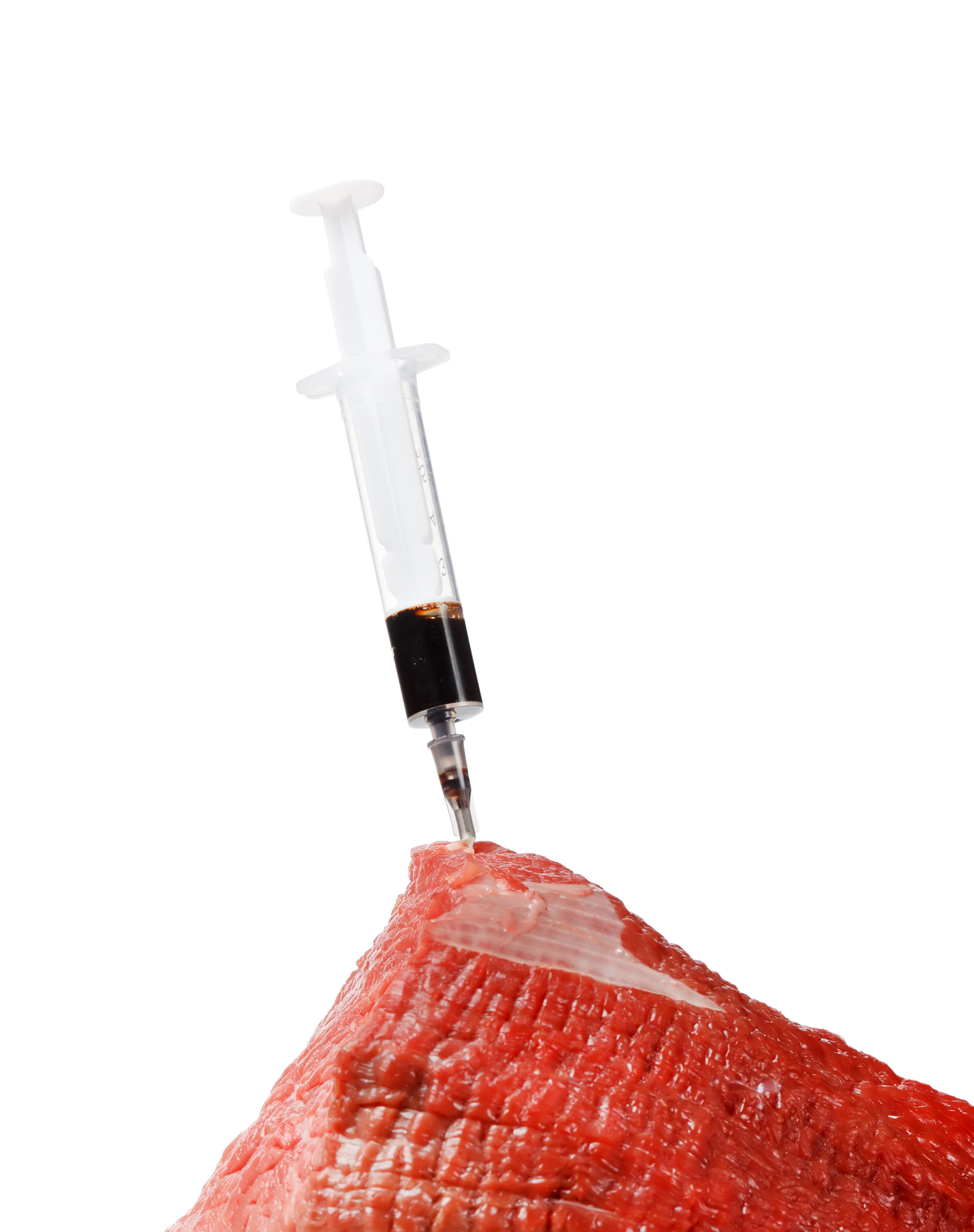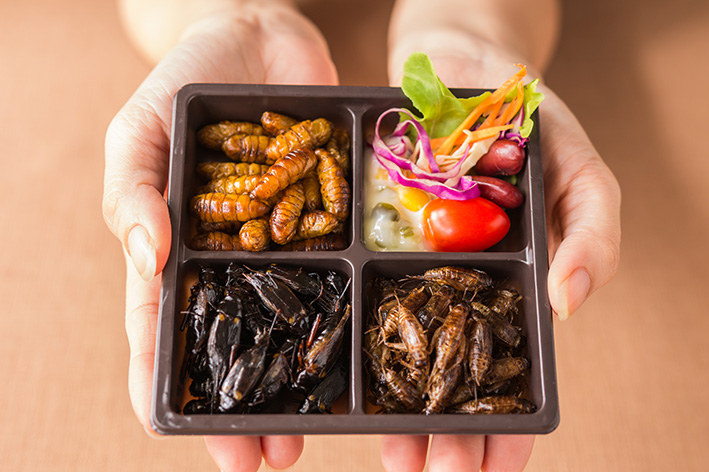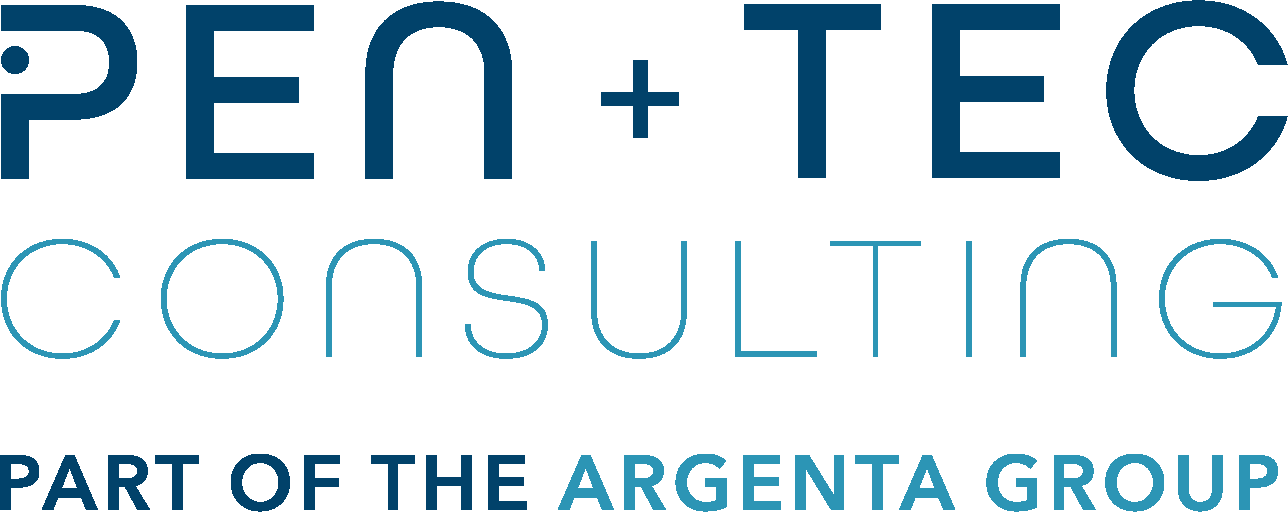The regulation of alternative proteins around the world: who´s holding the recipe to success?
Posted 3 February, 2023
Alternative proteins and their potential impact on the future of the global food industry have been in the spotlight recently, but why?

It is evident that the future generations are moving rapidly towards more healthy and sustainable dietary habits, eagerly searching for environmental friendly food options. Therefore, meat substitutes such as plant-based alternatives, insect proteins, fermentation-enabled proteins and cultured meat have undeniably caught their attention. This growing trend has of course been noted by the food industry which is moving fast to meet the demands through the development and production of alternative proteins. However, the enthusiasm about alternative proteins is frequently tempered by legislation which varies quite significantly among markets, creating challenges for food business operators all over the world. In this piece we will focus on the regulatory status of alternative proteins in the European Union, the United Kingdom, Singapore and the United States.
European Union
As per European Union (EU) Regulation 2015/2283 on novel foods, food business operators are required to determine whether their food products have a history of consumption to a significant degree before 15 May 1997. Otherwise, the foods will be treated as novel foods requiring premarket authorisation.
Not all alternative protein products are considered novel. In the EU, the novel status of alternative proteins has produced a lot of heated debate among the Member States with some Member States being more flexible, while others keep a much more conservative and vigilant stance. An unequivocal way to reassure the non-novel status of a protein is through a public consultation whereby a Member State where the food is intended to be placed on the market evaluates evidence of the consumption of the product. For example, pea and soy protein hydrolysate and rice proteins have been proven to be not novel (ref).

Nevertheless, it is common to see alternative protein sources derived from insects, microalgae and even jellyfish to be considered novel foods in the EU, which implies an approximately 2 year-long authorisation process. This struggle means that many food business operators, who are eager to launch their alternative proteins, are faced with lengthy and complicated safety assessments as dictated by the EU Novel Food Regulation.
The novel food authorisation process includes a safety evaluation which is carried out by the European Food Safety Authority (EFSA). According to EFSA’s risk-benefit assessment on shifting from traditional meat-based diets to alternative dietary patterns, the benefits of alternative proteins must outweigh any safety risks involved, such as the exposure to natural toxins found in plant-based foods (ref). The safety assessment will require the submission of detailed information on the identity, production process, composition, specifications, history of use, intended use, nutritional and toxicological profile of the novel food concerned as well as information related to absorption, distribution, metabolism excretion and its allergenic potential (ref). Albeit several alternative proteins having been authorised in the EU (mainly plant-based), we are yet to see a product of cellular agriculture go through the entire authorisation process.
Responding to the great interest and demand for alternative proteins, the European Commission has released its farm to fork flagship strategy which targets the transformation of the European food market, emphasising on alternative food and feedstuffs and focusing on increasing the availability and sources of alternative proteins such as plant, microbial, marine, and insect-based meat substitutes. Many stakeholders, including the Good Food Institute, an international network of organizations working to accelerate alternative protein innovation, supported this new strategy introduced by the European Commission advocating that alternative proteins will lead the way to a more sustainable and healthy food industry (ref).
United Kingdom
Although UK has gained its regulatory freedom from the EU, at the moment, it still largely adheres to the novel food regulation of the European Union. However, the Food Safety Authority (FSA) is reassessing the framework, and working on new, more tailored legislation to help the evaluation and authorisation of alternative proteins. As reported by the FSA: “UK’s priority is to design a regulation which will need to be a dynamic and proactive process, where the FSA interacts continuously with the industry in order to encourage innovation, while protecting long-term interests of consumers in terms of health and sustainability of the food system”. The new legislation is expected to be implemented within the next 3 years, and continuously re-evaluated over time (ref).
Singapore
Meanwhile, the authorisation procedure for alternative proteins in Singapore seems to have been more approachable. This country became the first market to authorise the actual commercialisation of cell based poultry for human consumption, and more recently has allowed the first serum-free cultivated chicken on its market (ref). This is thanks to the Singapore Food Agency (SFA). The SFA continuously updates its guideline on the requirements for the safety assessment of novel foods and novel food ingredients. The guideline includes specific requirements for the different types of alternative proteins, and the SFA also enables meetings with the applicants on demand, during which they provide advice on the data requirements specific to the novel food. The timeline for authorisations is 9 to 12 months, from the moment the full application is submitted.
Singapore, is undeniably the leading country in the regulation of alternative proteins, moving faster than any other towards a more sustainable food industry, relying greatly on the introduction and development of meat alternatives, including anything from lab-grown meat or cultivated fish to plant-based, insect-originated or fermentation-enabled proteins (ref).

Singapore has vowed to produce more of its own food as part of a sustainability plan with a strict timeline. A shift to alternative proteins has been in the epicentre of this plan. Many companies have rushed to explore and develop innovative food ideas which will eventually deal with the ultimate challenge of upscaling and producing sustainable food alternatives (ref).
United States
The increasing appetite of consumers for meat alternatives could not remain unnoticed in the United States of America. Mid-November 2022, after a 13-month evaluation, the US Food and Drug Administration (FDA) shook the global food industry by declaring for the first time ever that a cell based poultry product is safe for human consumption. The partially approved product from UPSIDE foods is still pending green light from the U.S. Department of Agriculture’s Food Safety and Inspection Service (USDA), before the product can be officially placed on the market. Nevertheless, this is a strong signal of the beginning of a new era which could follow Singapore’s first steps to allow consumers to buy alternative protein products from the supermarket shelves in the very near future (ref).
Depending on the type of the product, the regulatory pathway may vary. For instance, foods may be generally recognised as safe (GRAS). A GRAS notice is based on the views of experts qualified by scientific training and experience to evaluate the safety of substances directly or indirectly added to food providing reasonable certainty that the substance is not harmful to humans consuming the food, under the conditions of its intended use. As per FDA’s implementing regulations (21 Code of Federal Regulations 570 on Food Additives), the use of a food substance may be GRAS either (1) through scientific procedures or (2) in the case of a substance used in food prior to January 1, 1958, through experience based on common use in food. In case of demonstrating GRAS status through scientific procedure, food business operators must prepare an assessment supported by a substantial amount of published peer reviewed data on safety, stability and homogeneity, which demonstrates the safety of the ingredient for the specific uses. This GRAS assessment can be notified to the FDA. Also, in the case of the US regulatory pathways, the FDA invites communication with applicants in respect to data requirements and interpretation of data, to facilitate a smoother process.
It comes with little surprise that the USDA appears to be on the same line as the FDA, recently investing heavily on the research and development of cultivated proteins, and approving a fund of 10$ million to Tufts University with the sole purpose of creating a new National Institute for Cellular Agriculture. This fund comes as part of a wider 146$ million investment on sustainable agriculture research projects, indicating a major turn to a more sustainable food industry future (ref).
Conclusion
Nowadays the global food system is facing several challenges such as climate change, food safety, nutritional adequacy, and everyday disruptions of the food supply chain. This undeniably increases the pressure for identification of more sustainable sources of proteins and the acceleration of innovation and product development, resulting in the introduction of a plethora of new alternative protein ingredients and products to the food markets worldwide. Hence, the need for a clear regulatory framework that can accommodate the novelty of these foods as well as the rapid pace of their market entry is evident.

This new reality in the food industry has triggered changes in the food legislation among the key countries in the development and regulation of alternative proteins, such as European Union, United Kingdom, Singapore and United States, which bear the responsibility to safeguard the health and interests of consumers in this complex and rapidly changing environment, with some of them proven to be more flexible and adjustable than others, but all moving in the same direction. Across the different legal systems, it is clear that food safety authorities in the USA and Singapore are open to communication with the applicants and provide guidance on specific data requirements. This supportive approach is already yielding results for food business operators to get to the market as fast as possible, as can be seen with the first steps in the approval of cell cultured products. In the European Union and United Kingdom, cell cultured products still face the most uncertain road to market.
Interested to learn more about alt protein & novel food regulations? Join Ing. Justyna Pałasińska, at Future of Protein Production Summit Online on 22-23 February 2023. Justyna will be delivering a presentation on “The 2023 global regulation landscape for alternative proteins” as well as taking part in a Panel Discussion: “Regulatory considerations of alternative proteins regarding animal welfare, public health, and food sustainability – a global analysis“. More about this event here.
 By Ing. Justyna Pałasińska, Regulatory Affairs Director – Human Nutrition
By Ing. Justyna Pałasińska, Regulatory Affairs Director – Human Nutrition
 Ioannis Kartanos,Regulatory Affairs Associate
Ioannis Kartanos,Regulatory Affairs Associate
